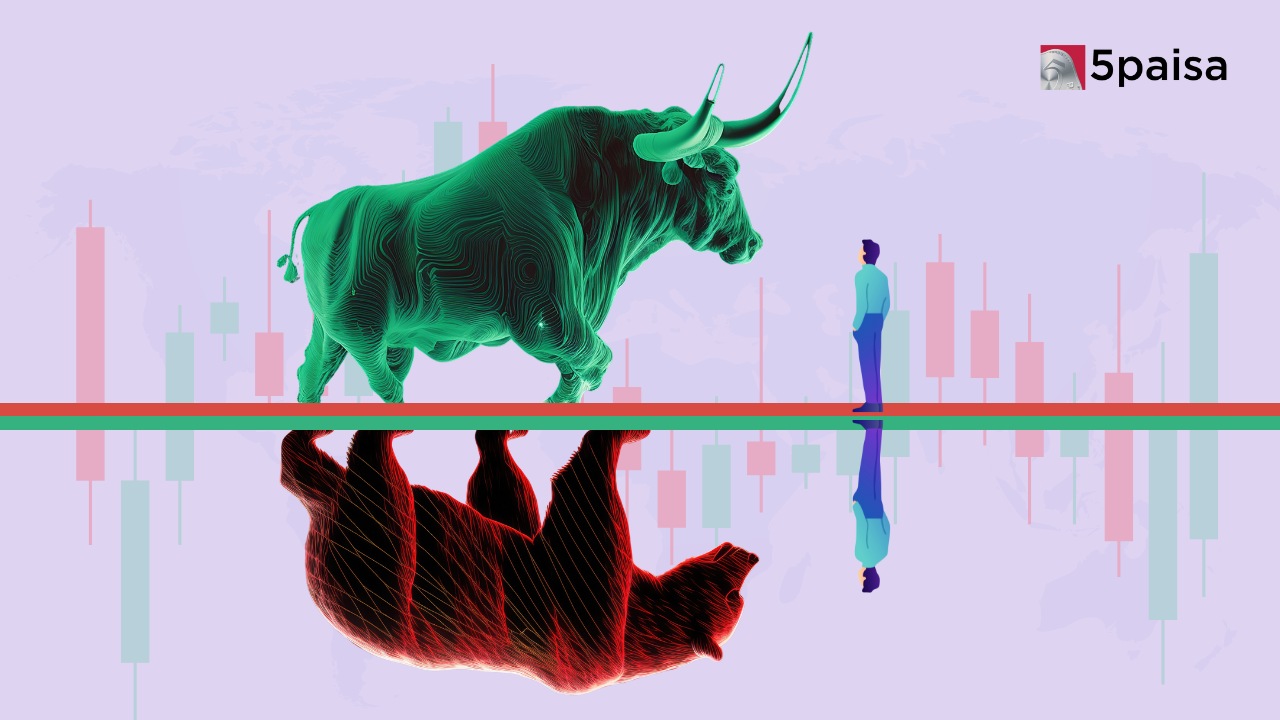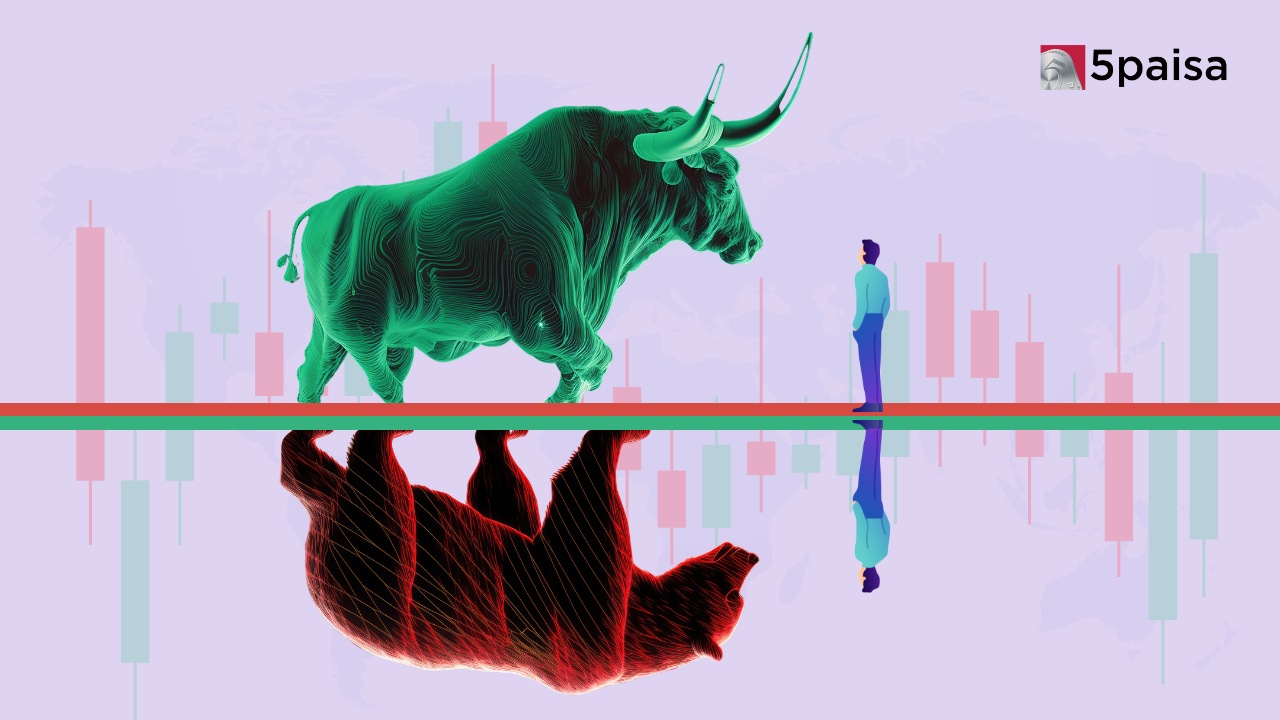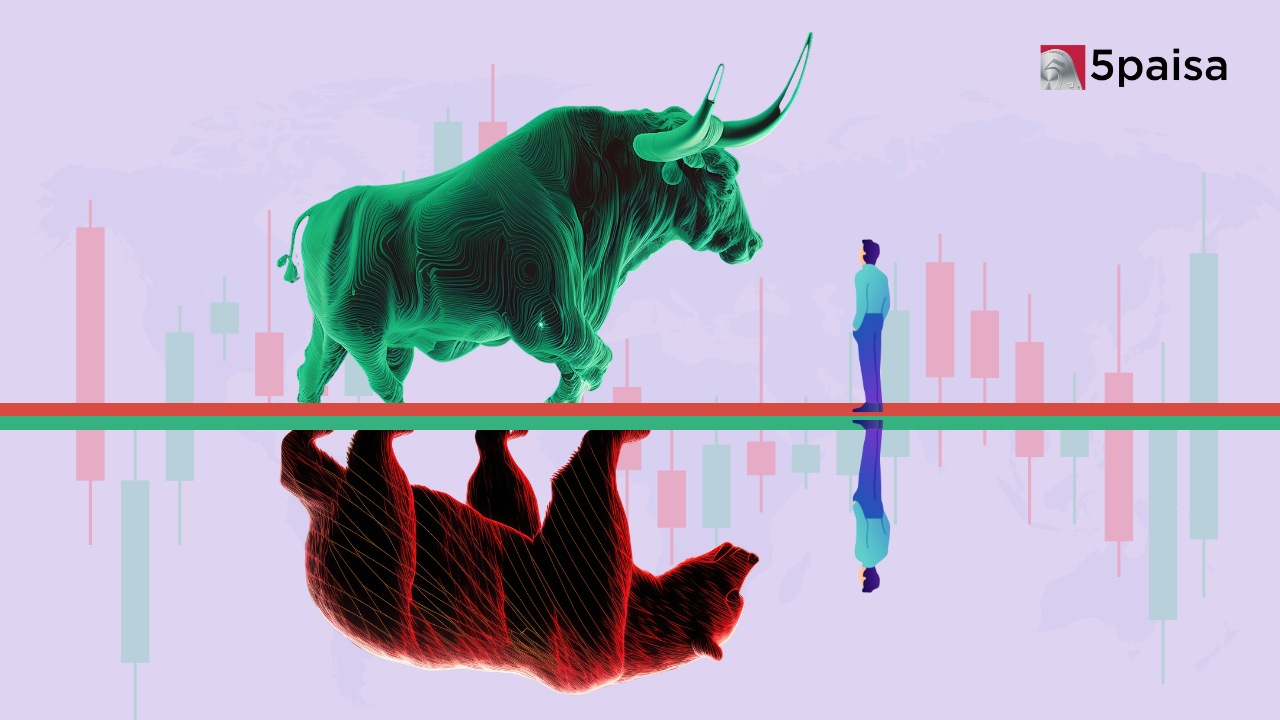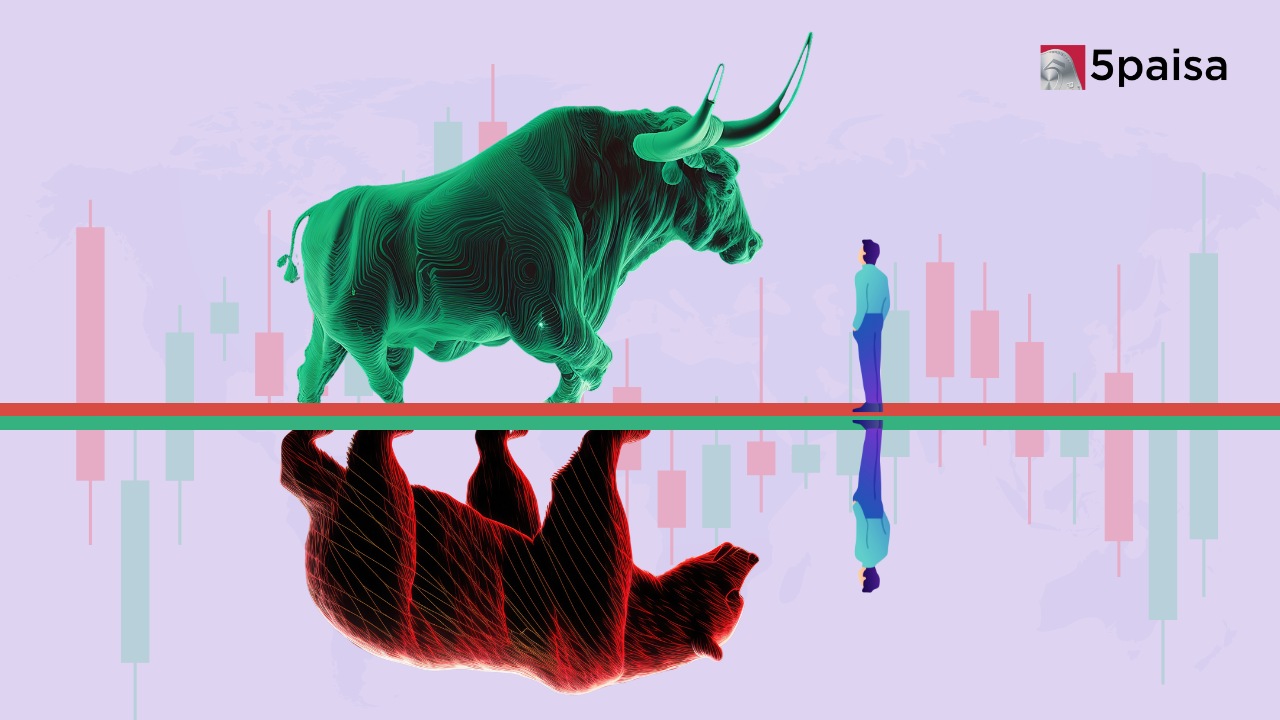Market Prediction For Tomorrow 27 March 2025
Metals: Another year of Disruption
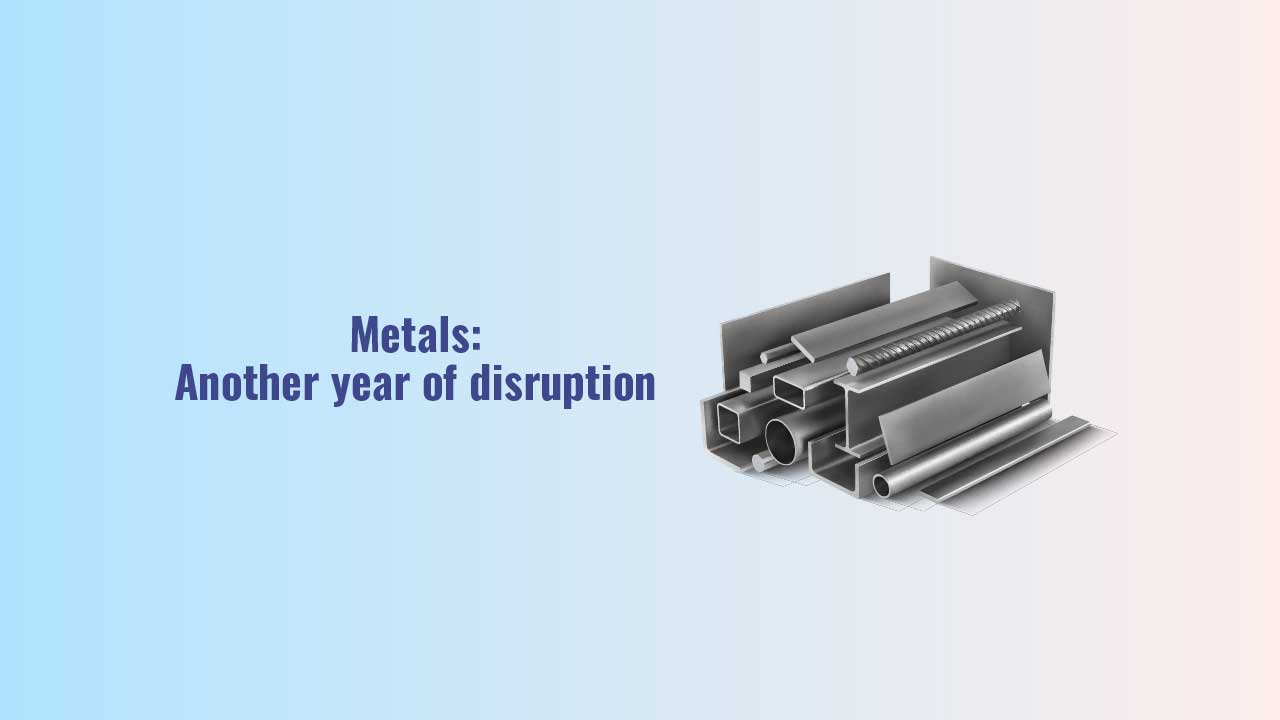
The Russia-Ukraine war and resurgence of COVID-19 cases have dimmed the economic outlook. The higher energy costs place downside risks on growth and persistent supply chain disruptions put upward pressure on inflation. Despite expectations of weaker economic growth, commodity prices have rallied on expectations of supply disruptions and stimulus.
The Russia-Ukraine war and geopolitical tensions resulted in higher energy prices, and European countries’ desire to be more energy independent, is likely to accelerate investment into renewable energy, which is supportive of base metal demand in the coming years.
The surge seen in EV vehicles sales over the last two years resulted in strong demand for the metals used in the EV supply chain and has driven up prices, especially for battery raw materials (eg lithium and nickel).
From a battery cell chemistry point of view, Lithium ferrous (iron) phosphate (LFP) became more popular than nickel-based cathodes in 2021 but alternative chemistries such as cobalt-free and manganese-rich (low-nickel) cathodes also remain options for the industry.
Aluminum:
Aluminum prices have been on the rise since midDec’21 due to supply cuts and soaring energy costs, particularly in Europe. LME aluminum prices rallied to a historical high of $3,900/t driven by the war in Ukraine, but have quickly fallen to $3400/t now, due to the surge in new COVID-19 cases in China.
European smelters have been cutting output due to persistently higher energy prices. In addition, the Russian-Ukraine war could be disruptive to the sector as Russia is a major aluminum supplier, particularly to Europe. Near-term, tight supply conditions are expected to remain in Europe. While Chinese supply has shown signs of improvement in 1Q22, better power supply conditions along with high Shanghai Future Exchange prices are incentivizing Chinese smelters to restart previously curtailed capacity.
On the demand front, China's aluminum demand remains soft due to the latest COVID-19 outbreak. Outside of China, demand recovery is likely to slow in 2022 due to higher input costs and widespread supply disruptions in the end-use sectors, primarily in Europe.
Copper:
Copper prices have stayed high and have exhibited lower volatility than some other metals despite the recent shutdowns in China and news Russia-Ukraine war. Supply disruptions and low inventory levels will likely underpin prices and keep them elevated into the medium term.
Start Investing in 5 mins*
Get Benefits worth Rs. 5100 | Rs. 20 Flat Per Order | 0% Brokerage
After strong demand growth in the past two years, copper consumption in China is expected to moderate. While property, appliances, and machinery manufacturing slowdown will be a drag on copper demand, continued focus on renewables and EVs should continue to drive demand for the metal in the country. For the next three years (2022e-24e), mine supply should continue to grow on the back of green and brownfield project ramp-ups. The copper market is expected to be in deficit in 2022e as the demand more than offsets the increase in mine supply.
Nickel:
LME nickel prices rose sharply in the first half of March as a result of short-covering by one of the big nickel producers. LME had to halt nickel trading for a few days, and resumed trading only after introducing a 15% upper and lower daily price move limit. The prices are likely to exhibit increased volatility, given decreased liquidity on the LME and low exchange inventories.
The nickel market is expected to be in deficit in 2022 as strong demand from stainless steel (SS) production and batteries more than offset the increase in refined production. The low level of inventories will help support prices at elevated levels. However, in the medium term, the market turns to surplus as supply growth outpaces demand.
Steel:
Global steel prices, particularly in Europe and the US, have surged since March on supply disruption fears triggered by the Russia-Ukraine war. Additionally, high raw material costs and the Chinese supply discipline are expected to keep steel prices supported. European HRC spot prices rose by 45% from the end of February while US prices rose by 40% over the same period while Chinese prices increased only 4% as the latest COVID-19 outbreak has impacted industrial hubs in the country.
The rising energy costs and widespread disruption in the global supply chain are likely to pressure industrial demand from steel-using sectors, particularly in Europe.
Iron ore:
Iron ore prices have remained strong during the first quarter, with prices rising 30% due to low production volumes from Australia and Brazil caused by bad weather. While Russia and Ukraine are not major iron ore exporters, these two countries account for ~25% of the global pellet supply, which is at risk of disruption due to the war.
Manganese:
Manganese ore spot prices have recently surged to $7.82/dmtu (CIF 44%) due to strong demand for high-grade (44%) ore. Medium grade ore prices have also increased to a lesser extent, to $ 5.7/dmtu (CIF 38%). Both have been driven by near-term supply pressures due to high rainfall in Australia impacting production, rising fuel costs driving up the cost of transport in South Africa, and supply disruptions in Ferro-alloys caused by the war in Ukraine.
In South Africa, Transnet Freight rail continues to underperform, and thus logistics are likely to remain dependent on trucking (and therefore fuel prices). Rising fuel costs may result in higher prices for seaborne ore due to rising logistical costs.
Gold:
Gold prices are up notably so far this year, boosted by the twin factors of Ukraine-related geopolitical risk and persistently high inflation. The rise in risk is generating considerable safe-haven demand in the form of ETF and coin & bar purchases. The escalating risk may keep gold at a higher level while a reduction in tensions could trigger a pullback. High prices are also eroding noninvestment demand, which could lead to a price correction. The rise in inflation is buoying retail and institutional demand but should inflation moderate, investment demand in 2H 2022 may ease.
Players in the metal caps and closures market are expected to gain sizable sales opportunities in the Asia Pacific, owing to the expansion of the food retail industry and rise in trend & adoption of ready-to-eat food and on-the-go food products in many nations such as China and India.
- Performance Analysis
- Nifty Predictions
- Market Trends
- Insights on Market
Trending on 5paisa
Market Outlook Related Articles
Disclaimer: Investment in securities market are subject to market risks, read all the related documents carefully before investing. For detailed disclaimer please Click here.

 5paisa Research Team
5paisa Research Team

